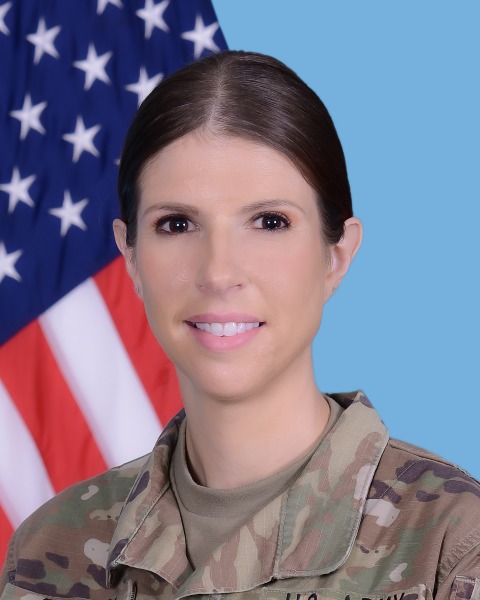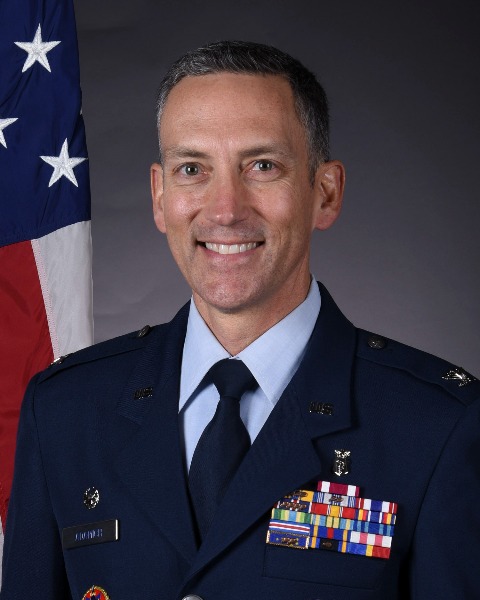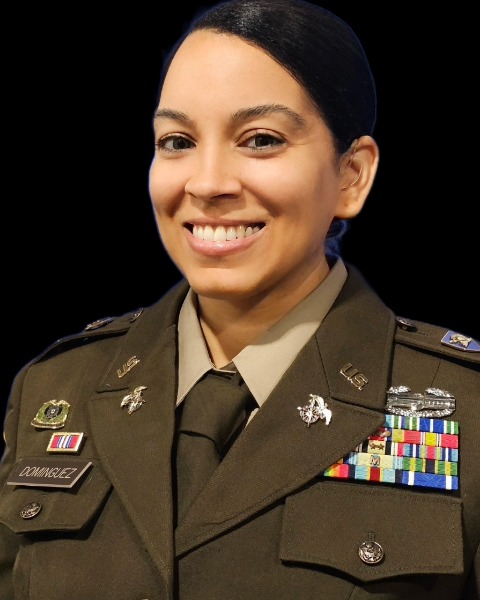Care Transformation
Healthcare Without Walls: Scalable Solutions from Military Field Operations
Across the United States, rural and underserved communities are experiencing a decline in access to essential healthcare services, particularly in dental and vision care. At the same time, healthcare systems are being challenged to build more adaptable, resilient teams while managing costs, improving access and addressing workforce shortages. Just as battlefield medicine has driven many clinical innovations in civilian healthcare, the same can be said for operational practices. There is untapped potential in applying military-tested models for rapid deployment, interdisciplinary teamwork, and infrastructure-light service delivery to civilian health systems that are facing growing demands in challenging environments.
Since 1992, the Department of Defense’s Innovative Readiness Training program has provided no-cost healthcare to underserved American communities through coordinated military and civilian efforts. In 2025, the IRT program served more than 7,000 patients across rural areas and U.S. territories, delivering medical, dental, optometry, physical therapy and behavioral health services. Many of these services would not have been available through local systems. These missions offer more than care delivery; they also provide critical insights into logistics, team training and operational integration. Their mentors and planners model exactly the type of interdisciplinary, value-based and scalable care delivery executives are trying to build.
This session explores how healthcare executives can apply the planning models and operational strategies developed through IRT missions to civilian healthcare systems. These missions are conducted in environments with limited infrastructure, using part-time reserve providers and support staff who fulfill their annual training requirements while delivering high-impact care. The integration of reserve personnel from the Navy, Army and Air Force, most of whom are also practicing civilian providers, offers a unique perspective on how to deliver coordinated care in complex, resource-constrained settings. These missions also demonstrate strong return on investment. For every dollar invested in IRT through Department of Defense training funds, approximately one dollar of direct care value is returned to local communities. This one-to-one return supports both hands-on readiness training and meaningful community benefit.
Learning Objectives:
- Describe how mobile, team-based care models can address rural access and infrastructure challenges using lessons from field deployments.
- Discuss workforce development strategies that integrate service delivery with training and clinical education in nontraditional settings.

Penny L. Cannon
Captain
U.S. Army Reserve
Andrew R. Adamich, OD
Chief, Medical Readiness Division, Office of the Surgeon General
National Guard Bureau
Cherie Jennings, CRNA
Major
U.S. Army Reserve
Leiry Dominguez
Chief Warrant Officer
U.S. Army Reserve
